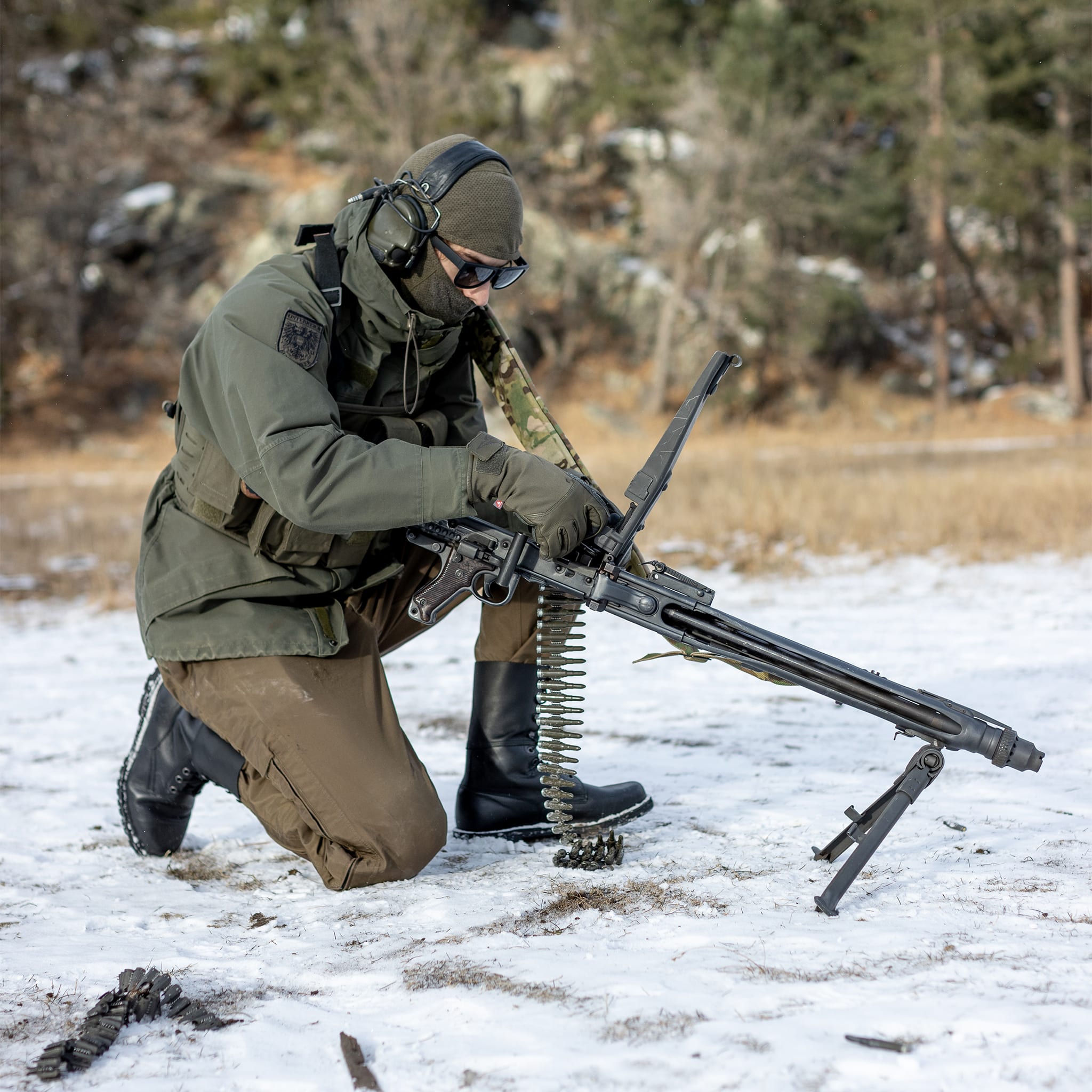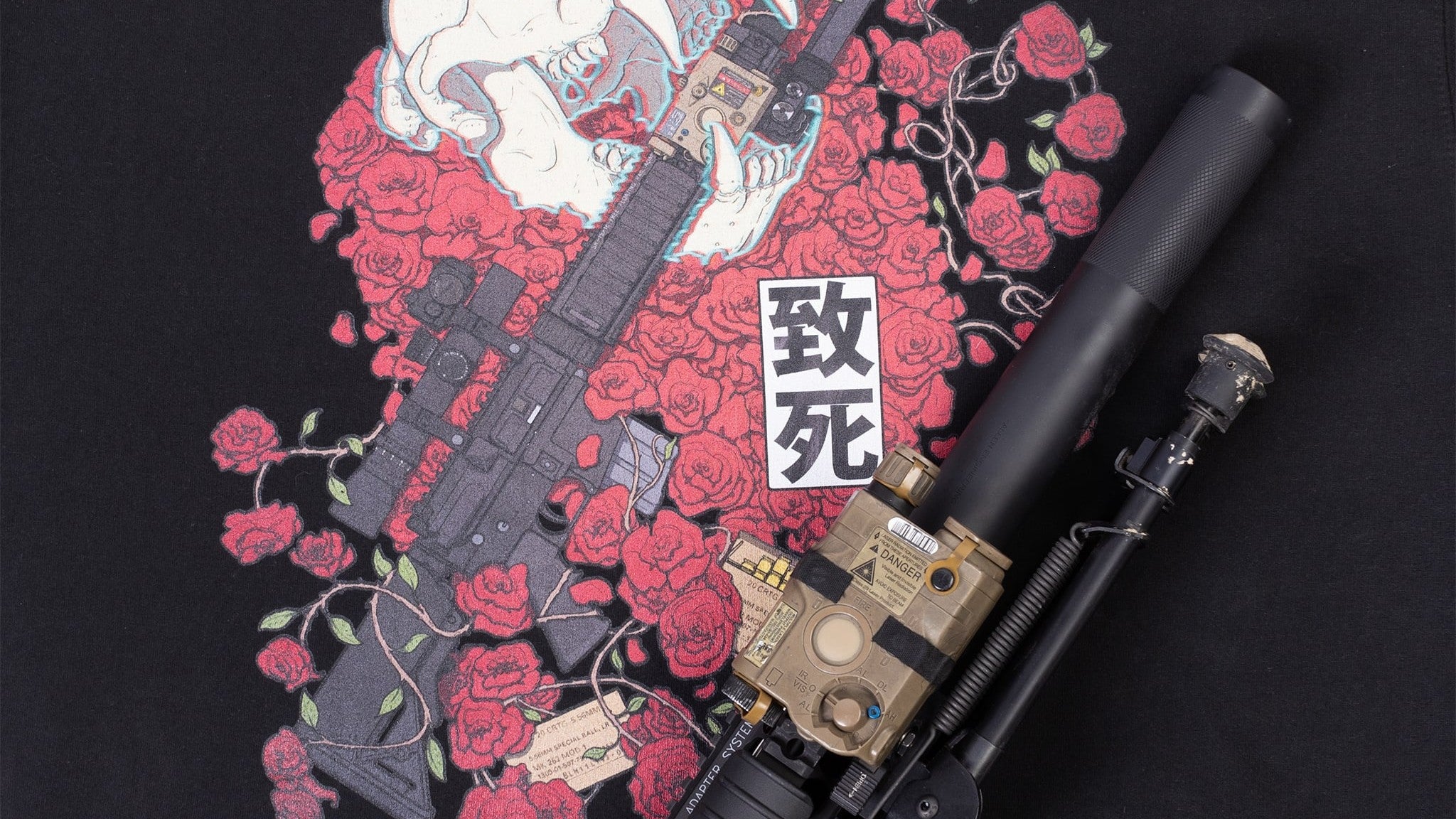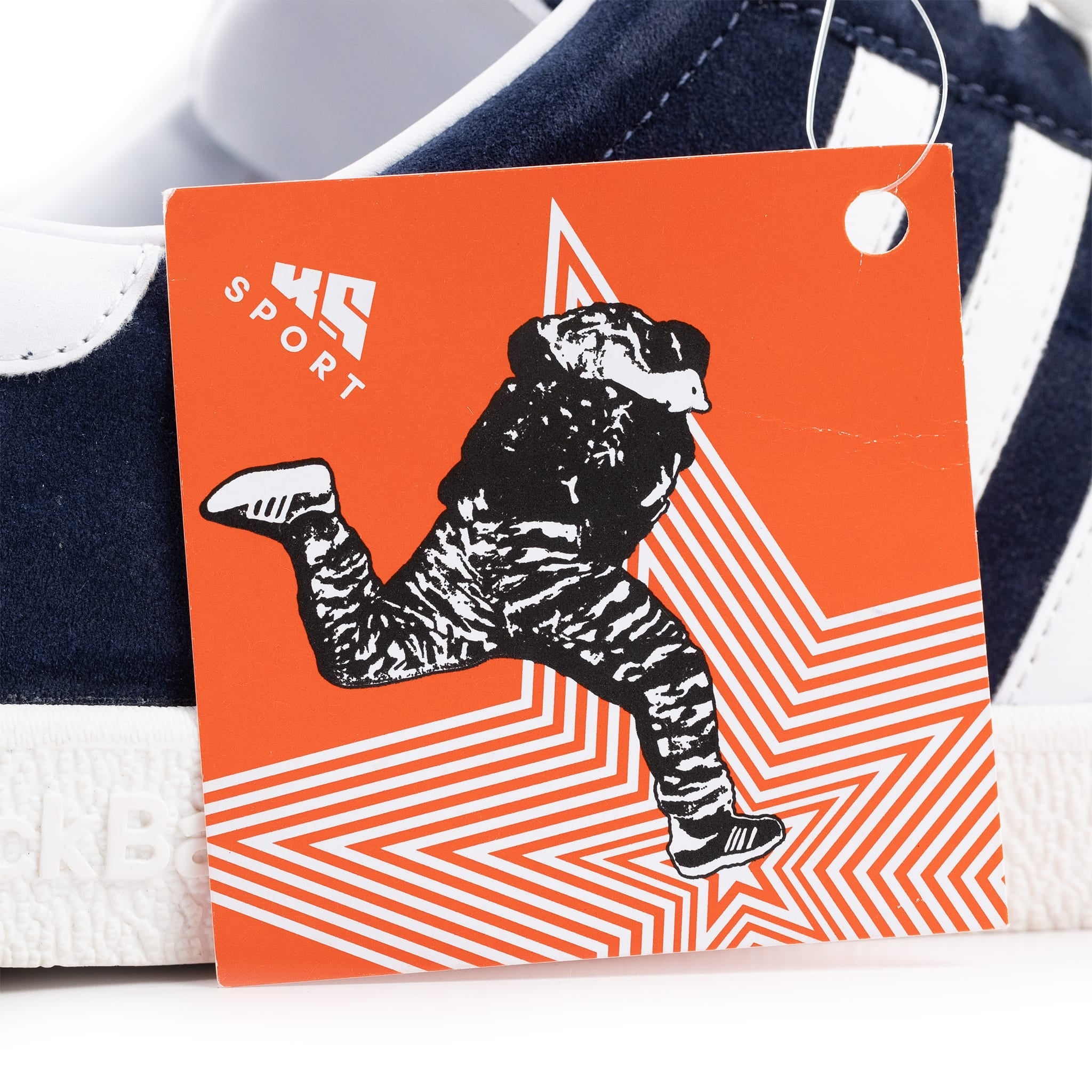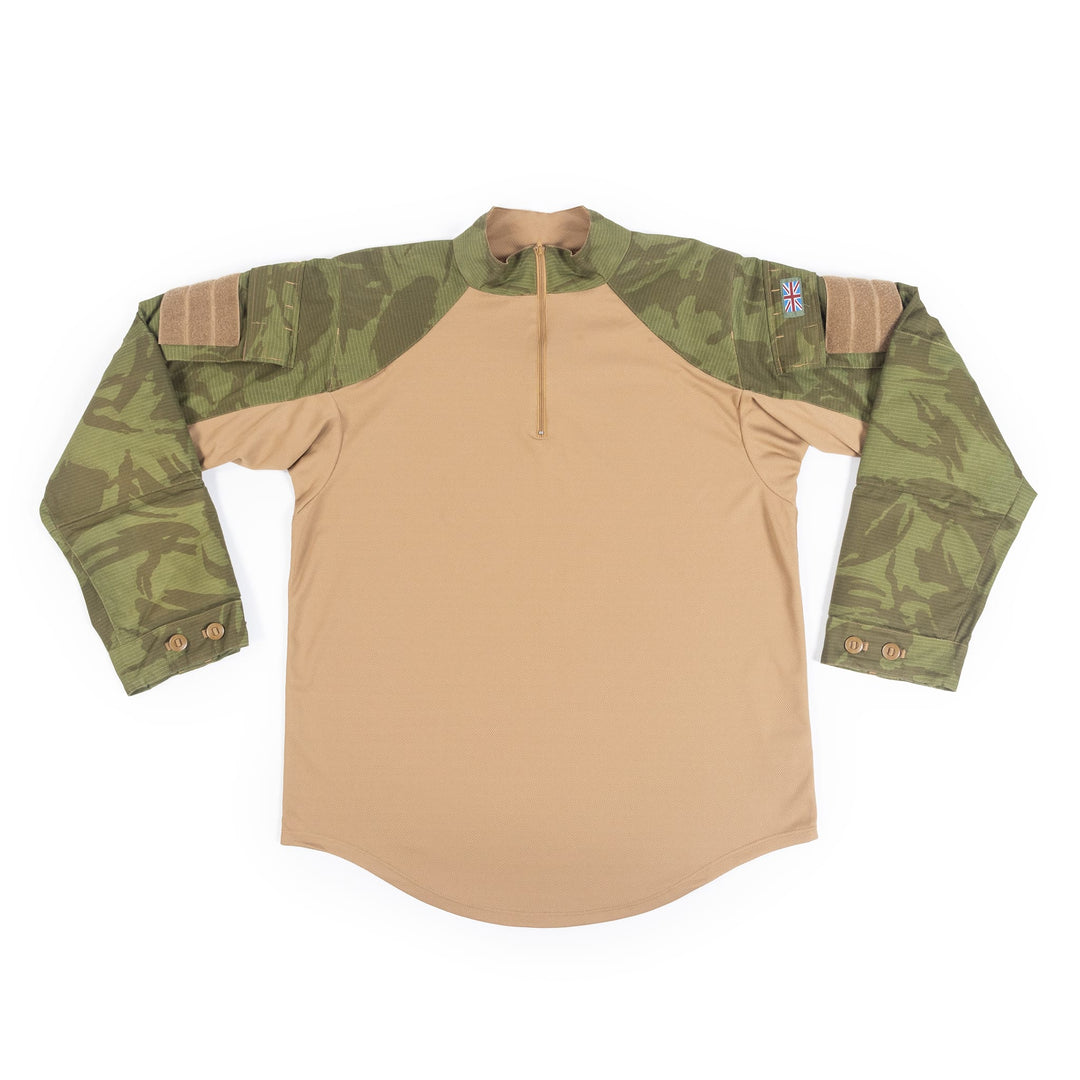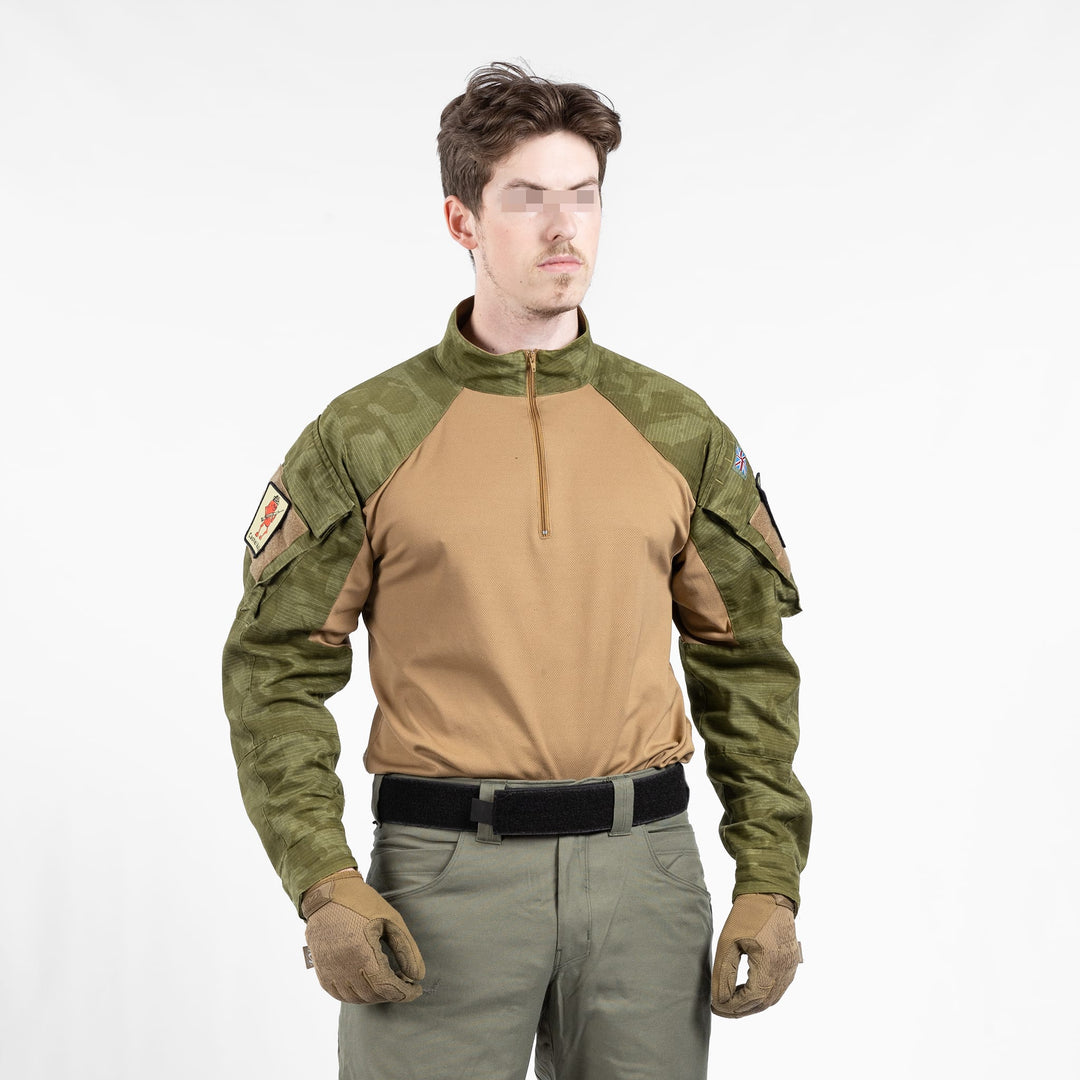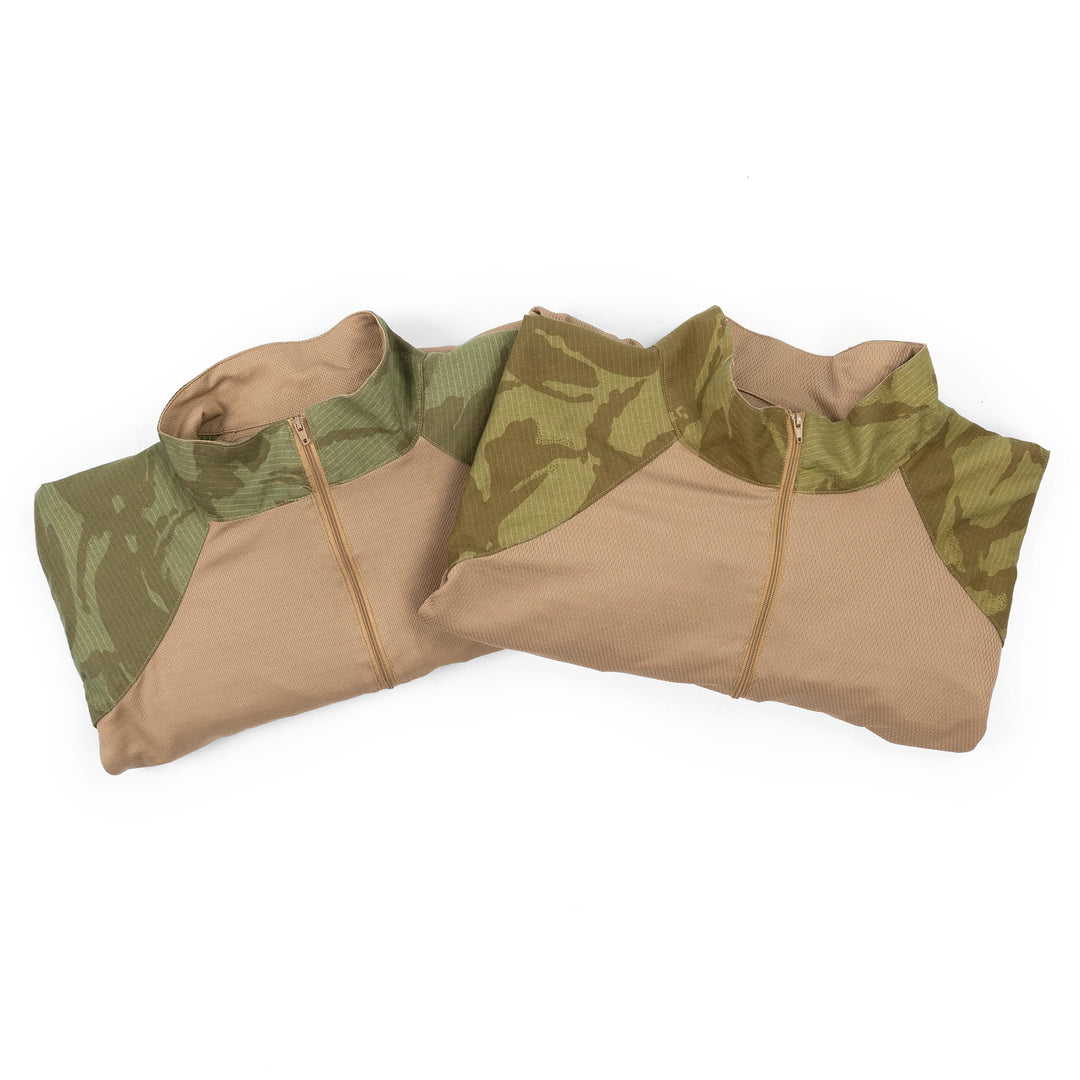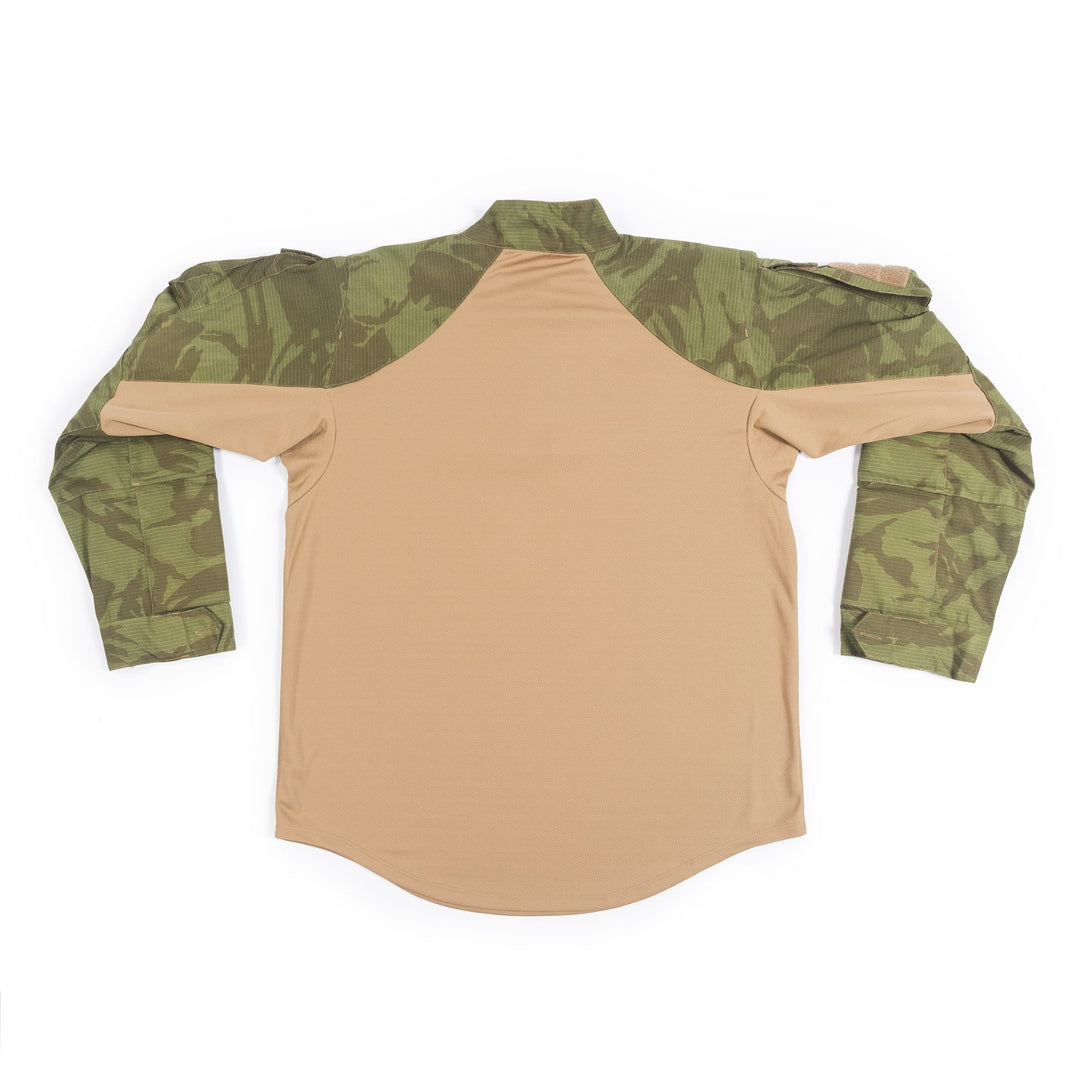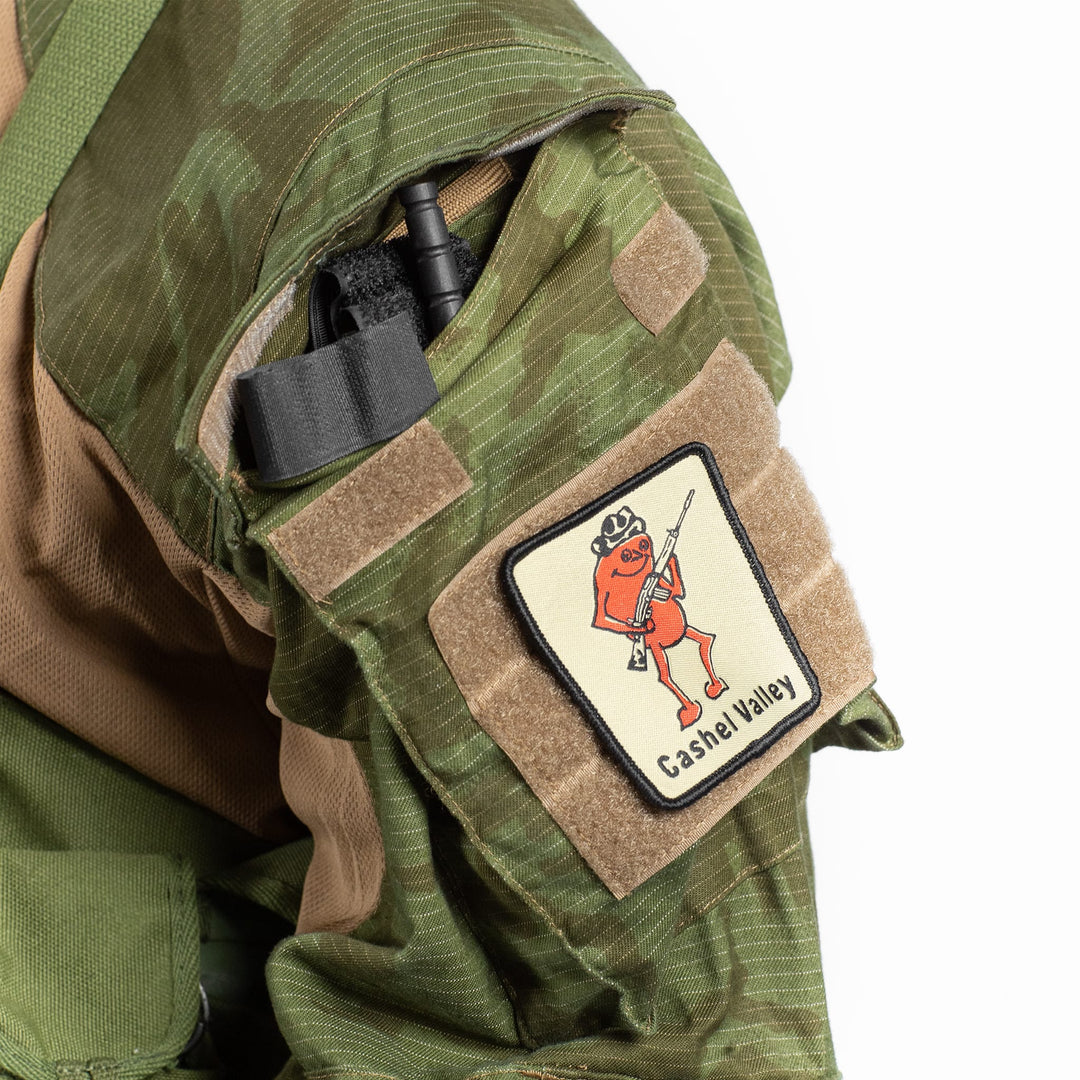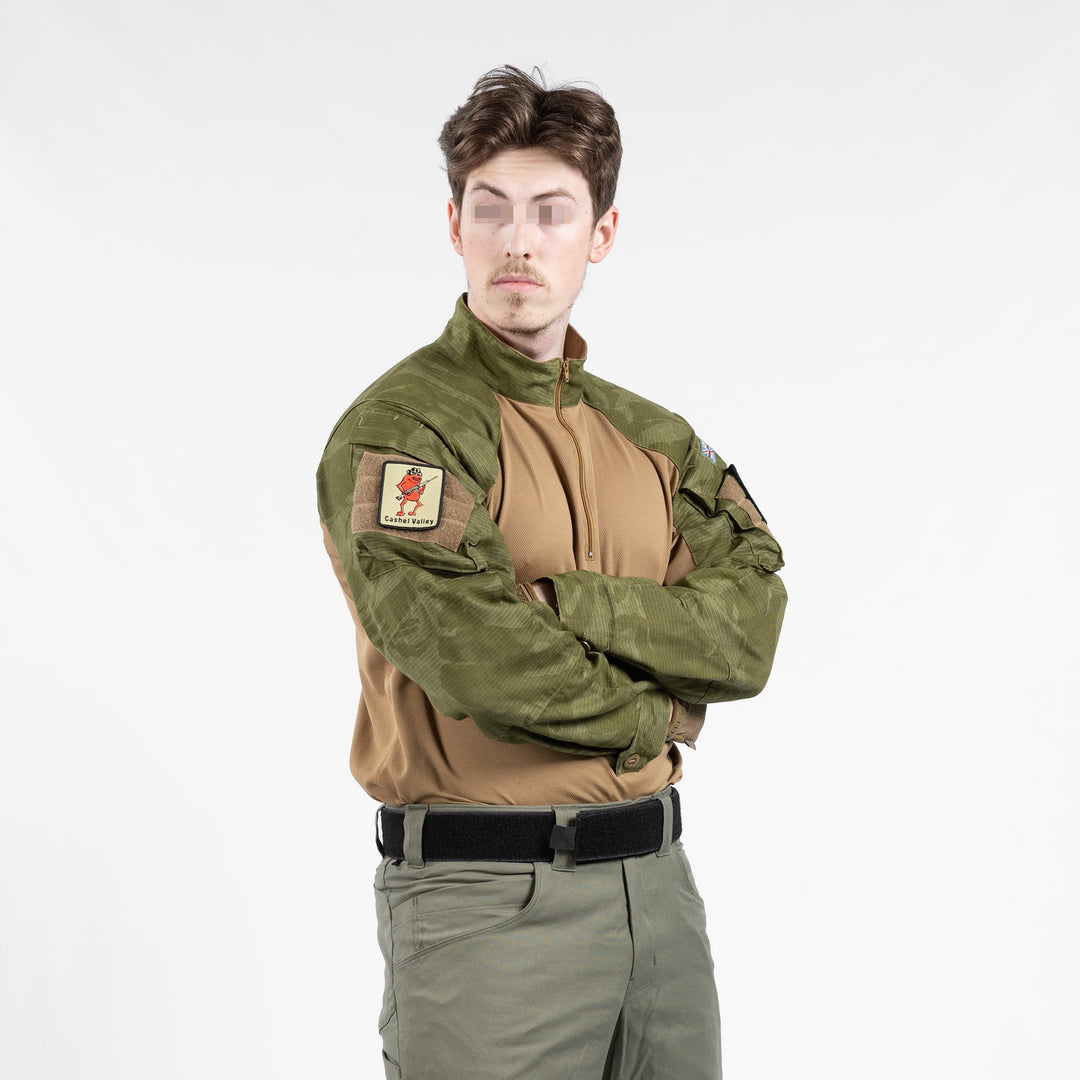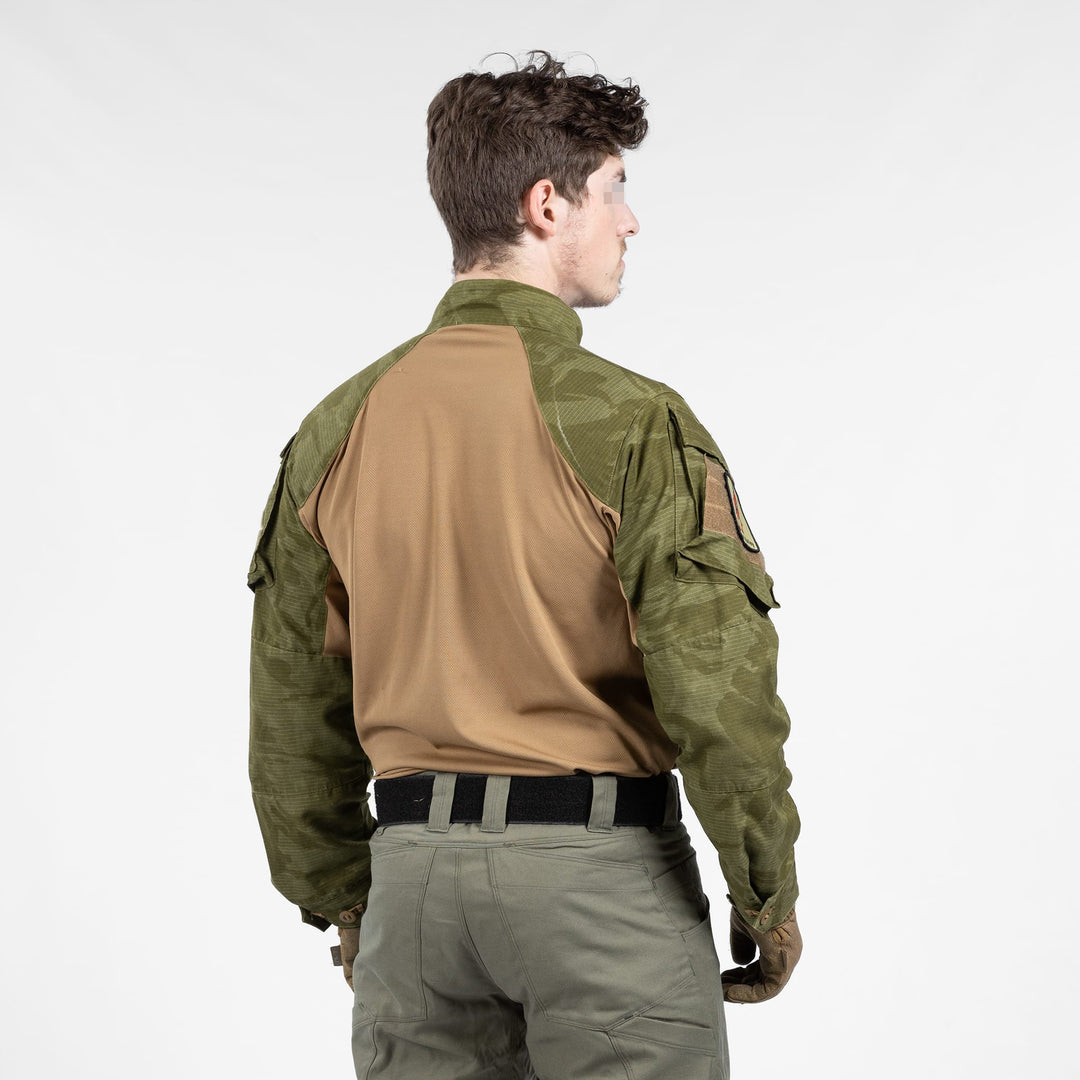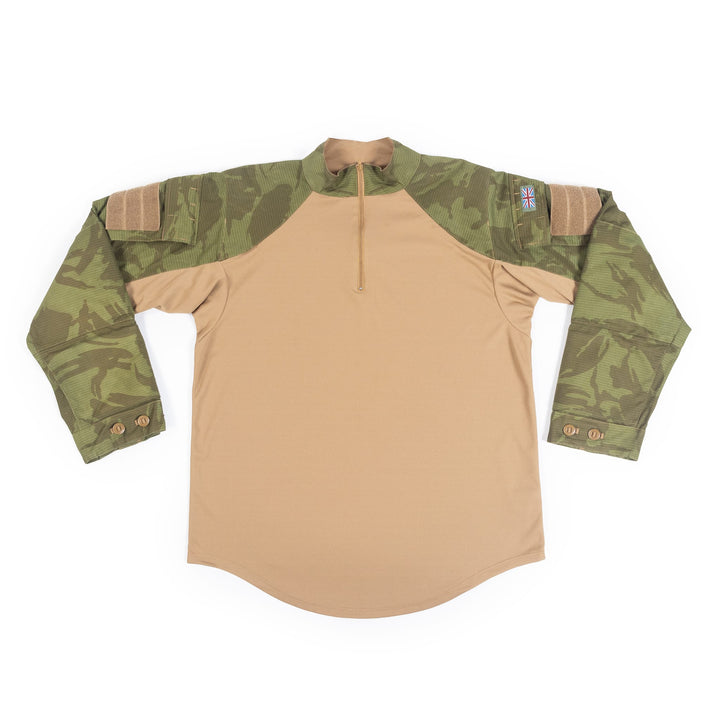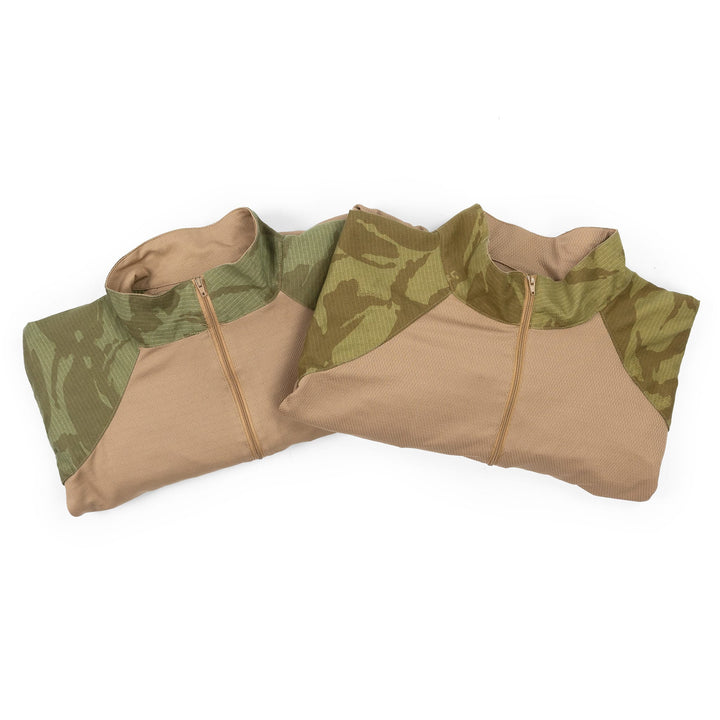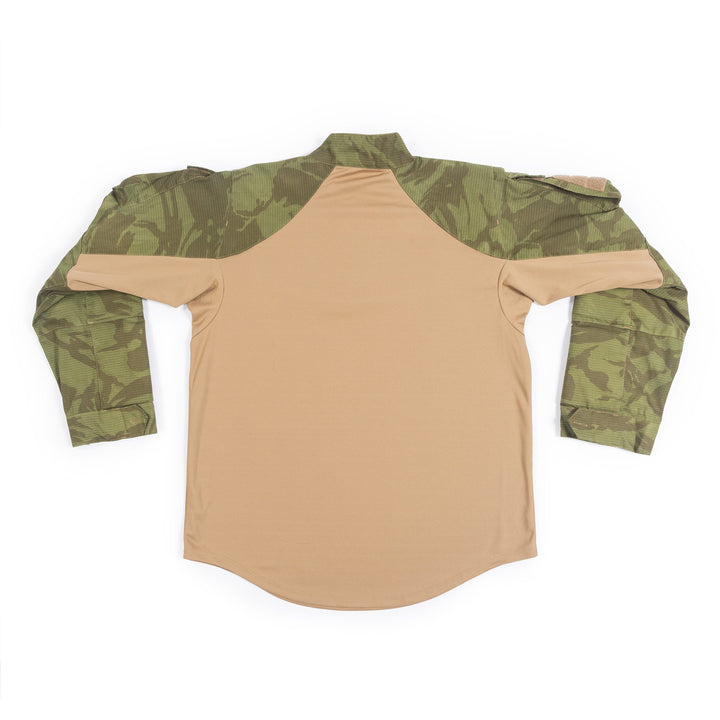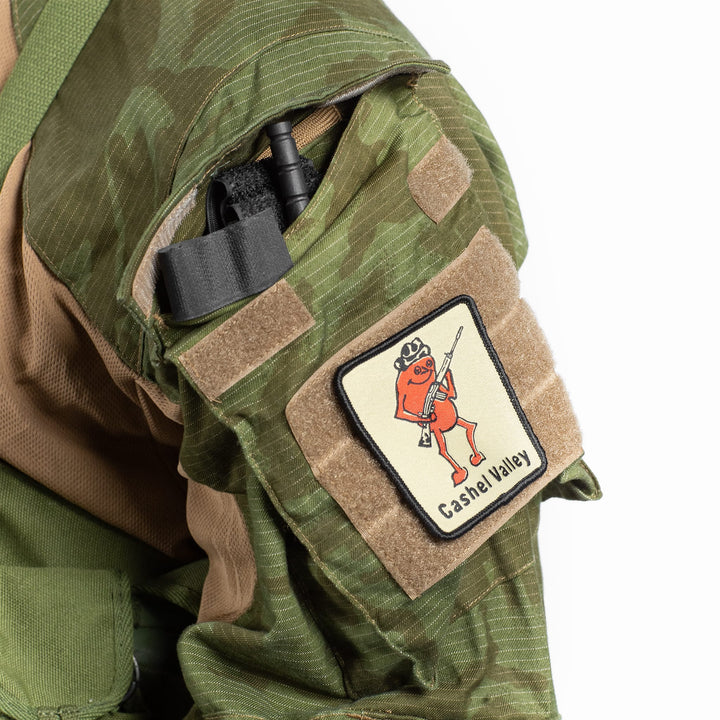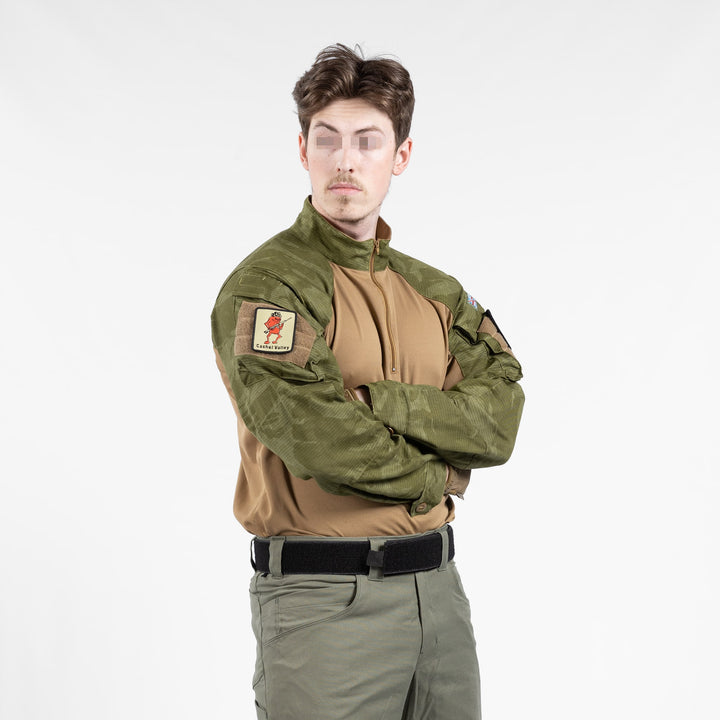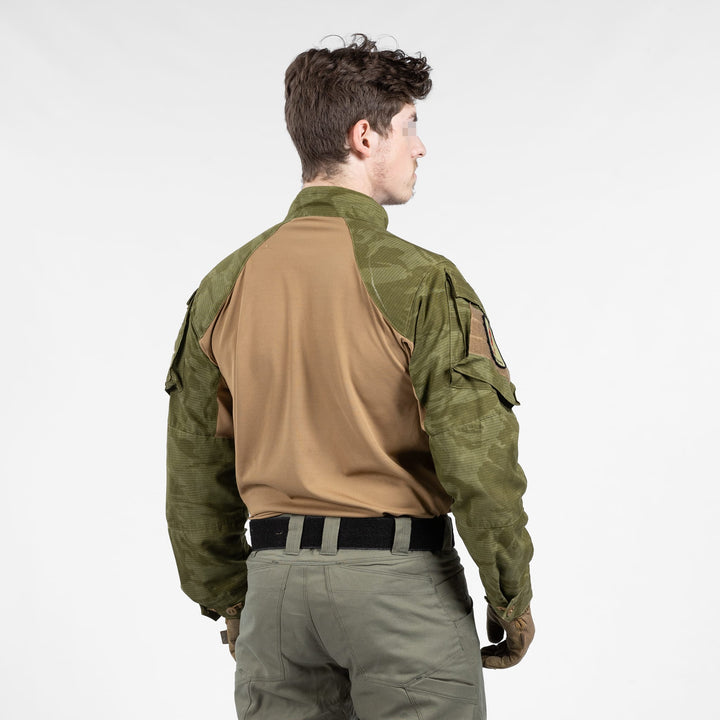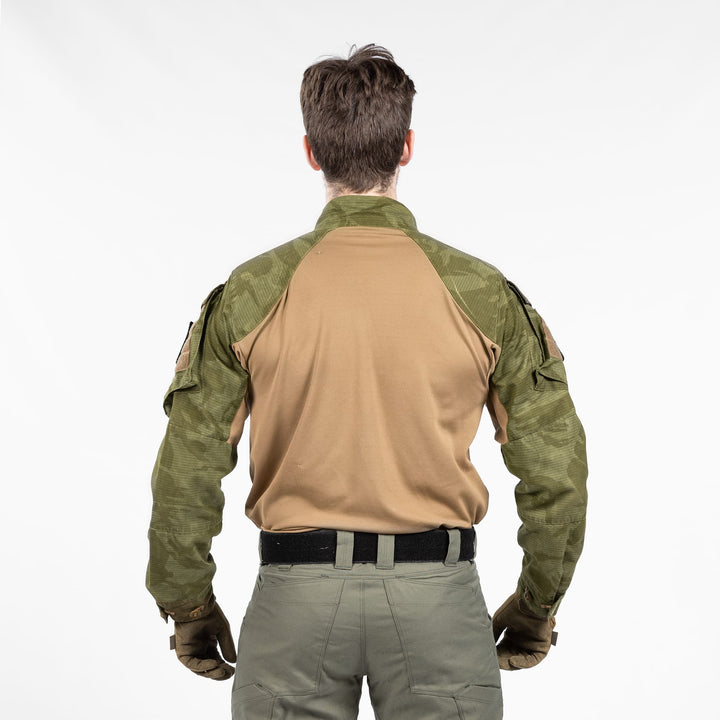UBAC 'Green Zone' DPM Combat Shirt
- Low stock - 2 left
- Backordered, shipping soon
- Dyed In-House at KommandoStore
There are two resulting variants of green zone due to the nature of cotton dye when it interacts with different mixes of fabrics: MOD A (Arid, left) and MOD T (Tropic, right).
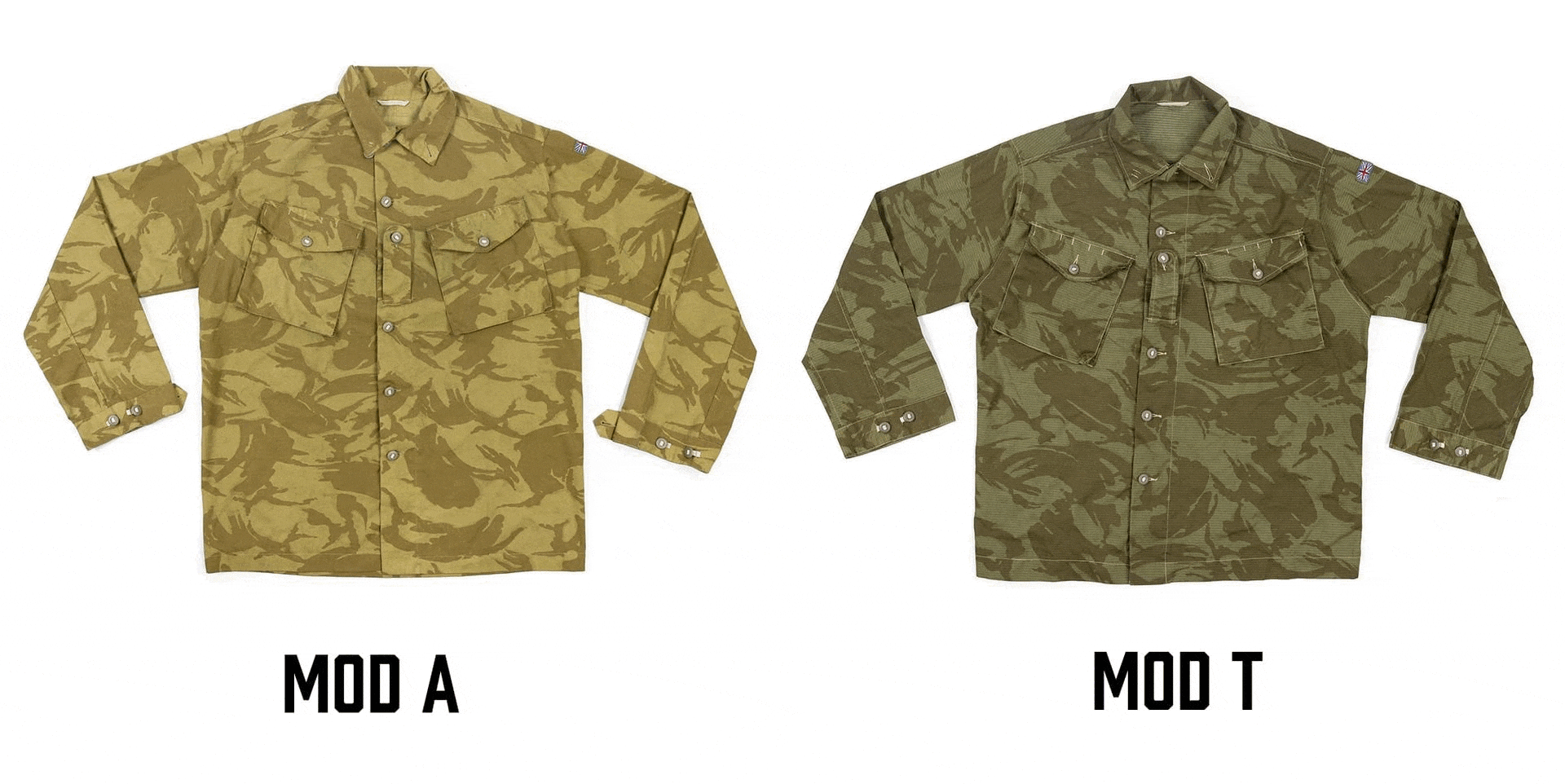
The less cotton-mixed shirts end up with a yellowish green (MOD A) and the higher cotton content shirts end up with a much deeper, more OD-like green (MOD T).
MOD T goes great with MultiCam Tropic and a variety of greens, while MOD A goes better with tans and browns that match or complement the main body of the shirt.

'Green Zone' is our proprietary desert DPM dyeing secret formula that gives it a fresh, green look that you can mix and match with all your favorite gear. As far as we're aware, nothing else like it is available on the market, and thanks to our reactive dye techniques (more on that in the "Dyeing process" section) it stays colorfast for many, many washes to come!
In 2025, we've also begun to do all the dyeing in house, with several successful runs of "Versengtarn" flecktarn dyeing and "Wellenbrecher" tropentarn dyeing behind us.
Behind Green Zone DPM
These UBACs were originally Desert DPM, which was used extensively in the Gulf War, operations in Afghanistan, and is still used today in the Savannas of sub-Saharan Africa.
The story of dyeing Desert DPM has its roots in the river valleys of the Helmand Province of Afghanistan (Dubbed the "Green Zone" by many, due to its lush green environment).
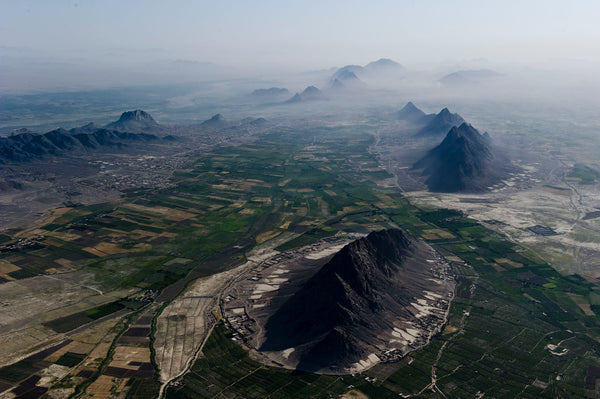
The greenery made British Desert DPM uniforms stick out like a sore thumb, much like woodland pattern gear did in the desert. Adaptation was necessary and neither Woodland nor Desert DPM was doing its job.
British Troops worked with what they had, and hastily dyed their Desert DPM to better match the environment of the Green Zone. Some examples turned out worse than others, becoming overdyed in the process.

There are genuine field-modified articles ranging from turquoise, navy blue, and other colors floating around on the used market. While interesting, they aren't functional and are difficult to match with commonly found gear.
We wanted to take the original goal of the forces in the Green Zone and do it how they would have wanted it. A new pattern, better suited for a wider range of environments.
We've custom-dyed our shirts with a unique pattern, unlike Woodland DPM or genuine field-modified examples. Differing from Woodland DPM, there aren't the usual browns, blacks, and mustard-tans present. It's great for matching with non-DPM patterns and for adding a bit of functional and fashionable flair to your kit.
The UBAC
The UBAC itself follows the design of many of the currently available combat shirts during the 2000s and onwards. They feature a breathable and moisture-wicking chest with a quarter-zip for comfort under plate carriers and other load-bearing equipment. The sleeves feature pockets for shoulder padding for plate carriers and heavy packs, shoulder pockets with loop-side Velcro for patches, and two-buttoned wrist cuffs. In addition, they also feature pockets for elbow and forearm padding. They also sport the 'ol Union Jack sewn on the shoulder as well.
Specs
- British military issue
- Dyed, re laundered, and QC'd in-house by KommandoStore!
- Cotton/nylon blend
- Quarter zip neck
- Shoulder & arm pockets for padded inserts
- Two-button wrist cuffs
- Velcro loop panels on shoulder pockets
Dyeing Process
The unique coloration results from a special dyeing process applied to each DPM desert donor shirt. Unlike standard "over-dyeing," we use a reactive dye which only binds to cotton fibers. This leaves all nylon fibers in the body of the shirt itself undyed, seen easily in the striped pattern of the ripstop fabric.
As a result, the color will not leach or fade. Post-dyeing, your shirt is clear of residual chemicals, freshly laundered, and ready for use. As a bonus, as you can guess, the re-laundering makes it even fresher than freshly imported surplus!
Condition
Combat shirts are in great to excellent condition. At worst, a shirt may have minor pilling on the jersey fabric of the shirt, or have other minor signs of use, but will not have rips, tears, cuts, or damage to the shirt. Your shirt may or may not ship with forearm and shoulder padding. However, if you would prefer to have the padding please write in your order note that this would be preferred (although we cannot guarantee this will be included).
Sizing & Fit
Standard combat shirt sizing. Our model wears a large tee and wears a medium combat shirt. If you have any specific questions, please reach out to customer service.
Fits just like other combat shirts available on the market. slightly loose fit in the shoulders and arms for more freedom of movement and also long enough to be tucked into pants.




